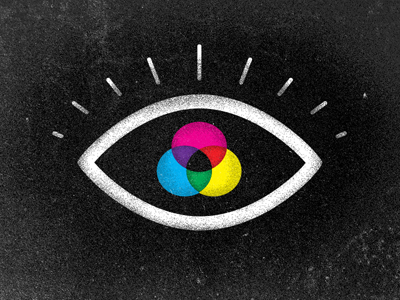Introduction to Perception
What you’ll learn to do: define perception and give examples of gestalt principles and multimodal perception
Seeing something is not the same thing as making sense of what you see. Why is it that our senses are so easily fooled? In this section, you will come to see how our perceptions are not infallible, and they can be influenced by bias, prejudice, and other factors. Psychologists are interested in how these false perceptions influence our thoughts and behavior.
Watch It
Watch this CrashCourse video for a good overview of perception:
Learning Objectives
- Give examples of gestalt principles, including the figure-ground relationship, proximity, similarity, continuity, and closure
- Define the basic terminology and basic principles of multimodal perception
- Give examples of multimodal and crossmodal behavioral effects
- Explain how and why psychologists use illusions
- Describe Jessica Witt’s research on golf and its connection to the Ebbinghaus illusion
attributions
Original content. Authored by: Lumen Learning. License: CC BY: Attribution
Perception Poster Show Concept. Authored by: Jon Ashcroft. License: CC BY: Attribution
Perceiving is Believing – Crash Course Psychology #7. Provided by: CrashCourse. License Terms: Standard YouTube License


